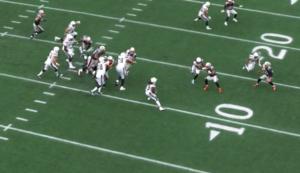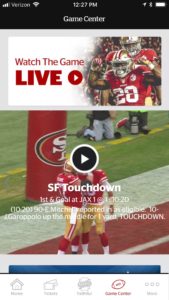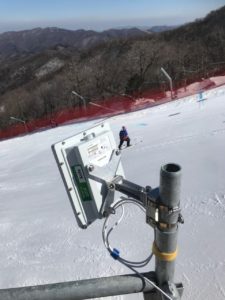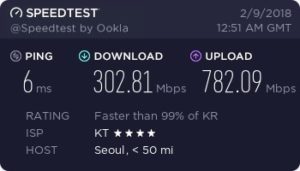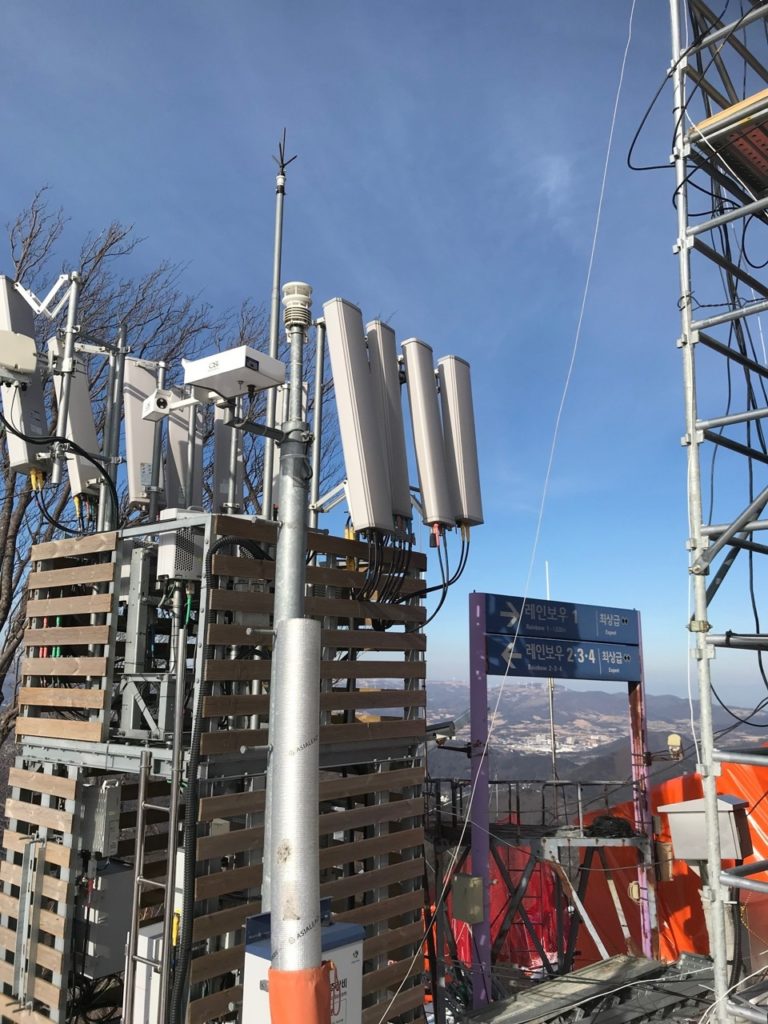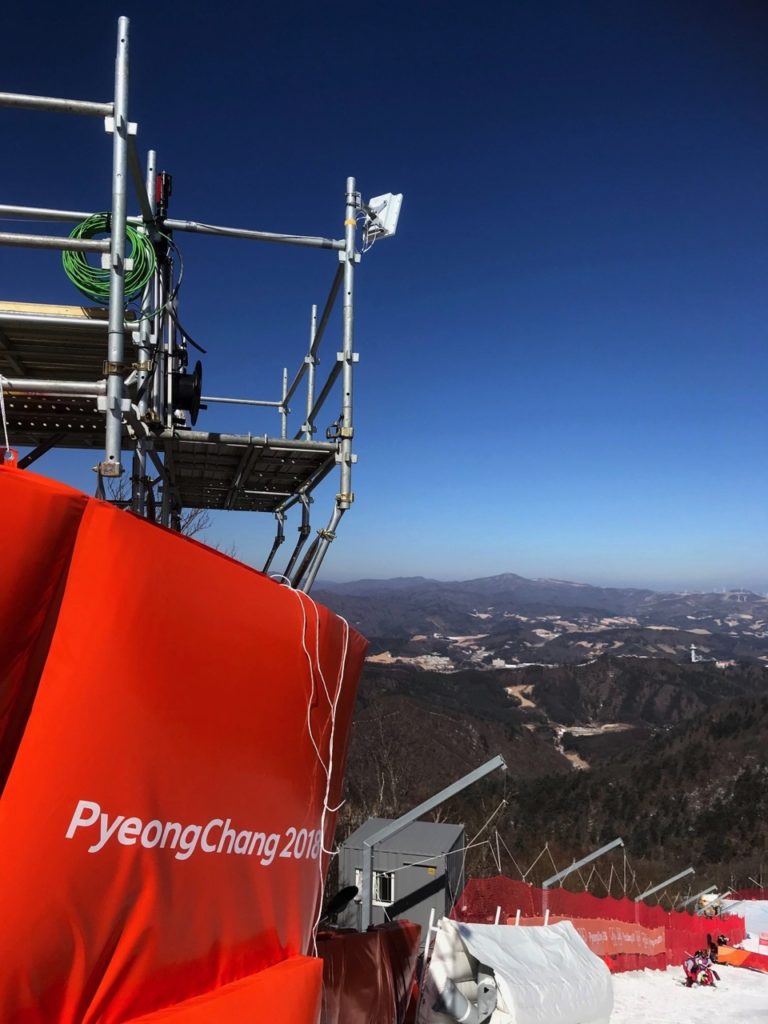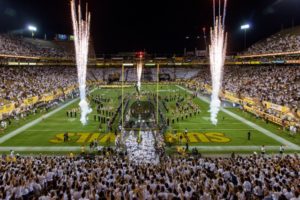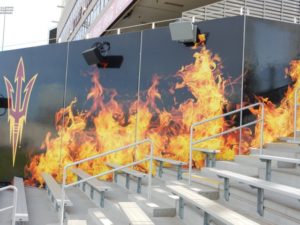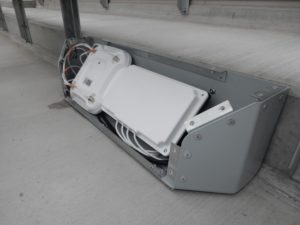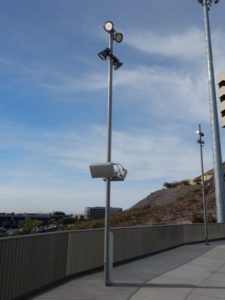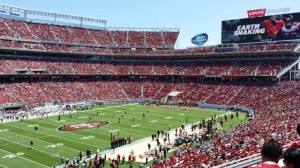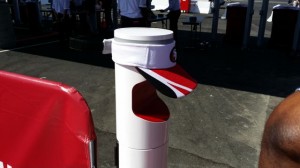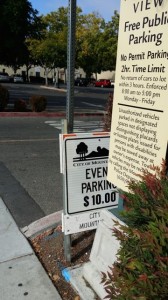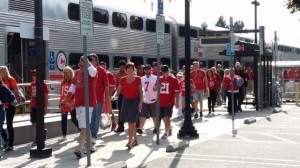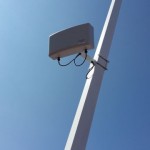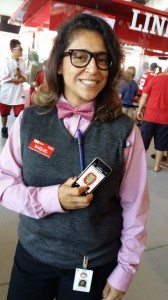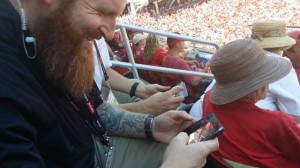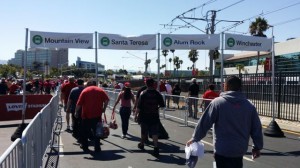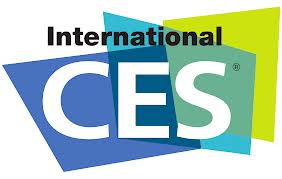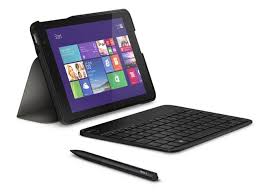While both the funding and the replay plans are positive moves for sports fans, our question is, will anyone really watch? While VenueNext’s app platform seems to be gaining momentum with pro teams from all the major U.S. sports leagues, the instant replay function — which was part of VenueNext’s first platform, the app for the Niners’ Levi’s Stadium — has never really caught on, peaking at the start and slowly dwindling thereafter. Replays on other mobile platforms, however — like Twitter — are enormously popular, with one Vikings video alone earning more than 4 million views.
Though the Intel/VenueNext announcement garnered a lot of headlines last week, none of the other stories mentioned how little-used the instant replay function is. In fact, almost every team or stadium that has instant-replay functionality in its app declines to provide any statistics for the feature, a shyness we can only attribute to the fact that the numbers are embarrassingly low. The only one VenueNext was able to tell us about was the Niners’ app, which according to VenueNext generated approximately 1,000 views per game last season.During 2014, the first season Levi’s Stadium was open, the app peaked early with 7,800 replays during that year’s home opener; by the end of the season that number was down to fewer than 4,000 replays per game, which prompted Niners CEO Jed York to label the service’s low uptake a surprising disappointment. Now it’s even used far less often. (VenueNext competitor YinzCam also has instant replay available for many of its team apps, but also does not provide team-by-team viewing stats.)
One reason York cited for the low replay use was the quality and frequency of replays shown on the Levi’s Stadium large video boards; while in the past many pro teams kept replays to a minimum (especially if they were unflattering to the home team) the acceptance of replay review in many leagues and a general change of behavior now sees almost constant replay showing, as well as live action on in-stadium video boards. And while the process to produce in-app video replays is stunningly quick, even the fastest replay functionality combined with the need to navigate a device screen is usually well behind live play.
Since the amount of funding Intel is providing VenueNext was not announced, it’s hard to tell whether or not either company will consider the transaction worthwhile if the replay viewing numbers remain low. Another problem with the app replays is that many are confined to in-stadium views only due to broadcast rights restrictions; compare that handcuff to the openness of Twitter, where a video of the “Minnesota Miracle” walkoff TD shot by a quick-thinking Minnesota Vikings employee (Scott Kegley, the team’s executive director of digital media & innovation) during last year’s playoffs garnered more than 4 million views and recently won a Webby award.If there’s a dirty not-so-secret about stadium wireless connectivity, it’s that almost every report we’ve ever seen about app and service usage inside venues puts use of open social media platforms like Twitter, Snapchat and Facebook far, far above team and stadium app usage. Though stadium and team apps are gaining more traction recently due to their embrace of service functionality for things like parking, concession transactions and digital ticketing, we still haven’t seen any reports or evidence that in-stadium instant replays are gaining in use.
Will Intel’s revolutionary technology change the game for in-app replays? We’ll track the developments and keep asking for stats, so stay tuned.
